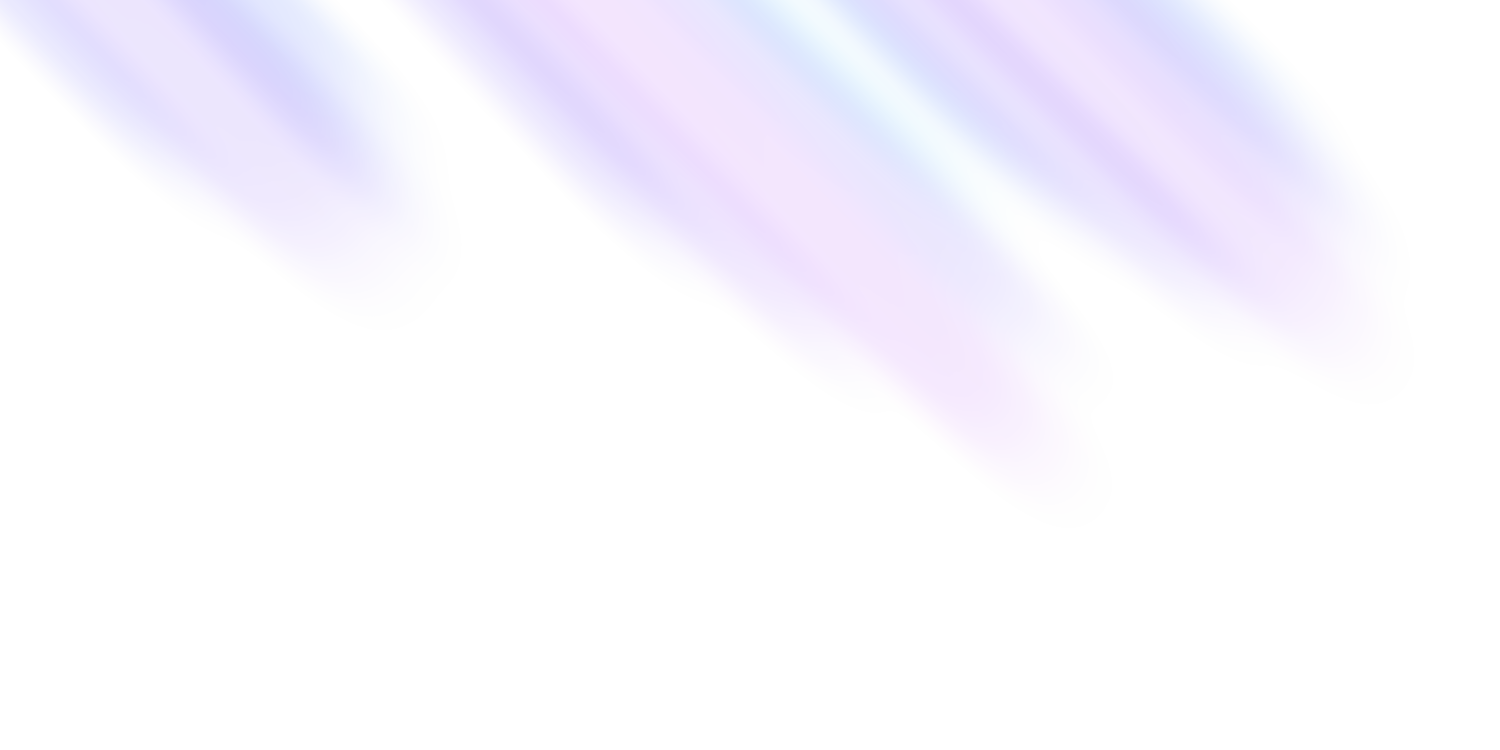
Music Theory
Understanding Chords

Understanding Chords
Chords are the building blocks of harmony in music. They are made up of three or more notes played or sung together to create a pleasing sound. Understanding chords is important for creating and analyzing music, as they form the basis of harmony and chord progressions.
 What are chords?
What are chords?
A chord is a group of three or more notes that are played or sung together. Chords are typically made up of a root note, a third, and a fifth, but they can contain additional notes to create different sounds and textures.
To construct the triad, the simplest type of chord, you start with the root note, go up a third, and then up another third to get the fifth. These thirds can be either major or minor, depending on the scale and the starting note. For example, in the C major scale, the triad built on the first note (C) would be C-E-G (C major), while the triad built on the second note (D) would be D-F-A (D minor).
 Types of chords
Types of chords
There are several types of chords, each with its own unique sound and function in music. Some common types of chords include:
- Major chords: Made up of a root note, a major third, and a perfect fifth. They have a bright and happy sound and are often used to create a sense of resolution and stability.
- Minor chords: Made up of a root note, a minor third, and a perfect fifth. They have a darker and more melancholic sound than major but are still considered quite stable and consonant.
- Diminished chords: Made up of a root note, a minor third, and a diminished fifth. They have a tense and dissonant sound and are often used to create tension and suspense in music.
- Augmented chords: Made up of a root note, a major third, and an augmented fifth. They have a bright and unstable sound and are often used to create a sense of tension and instability.
Starting from these basic types, you can create more complex chords by adding additional notes, such as sevenths, ninths, elevenths, and thirteenths. These extended chords can add color and richness to your chord progressions and create more interesting harmonies. You can also alter the notes in a chord by raising or lowering them by a half step to create different chord qualities, such as augmented, diminished, or suspended chords.
 Chord notation
Chord notation
Chords are typically notated using chord symbols, which consist of a root note and a chord quality. Let's look at some examples:
- C: C major chord, made up of the notes C-E-G. There is no chord quality specified, so it is assumed to be major.
- Cm: C minor chord, made up of the notes C-Eb-G. The lowercase "m" indicates a minor chord quality.
- Cdim: C diminished chord, made up of the notes C-Eb-Gb. The "dim" indicates a diminished chord quality.
- Caug: C augmented chord, made up of the notes C-E-G#. The "aug" indicates an augmented chord quality.
Chord symbols can also include additional information, such as added notes (e.g., C7 for a C dominant seventh chord) or alterations (e.g., Cmaj7#11 for a C major seventh chord with a sharp eleventh). Finally, chord symbols can be written in different inversions, where the root note is not the lowest in the chord (e.g., C/E for a C major chord with E in the bass). This notation can also be used to indicate an added bass note, such as G/C for a G major chord with C in the bass. We call these slash chords.
One interesting aspect is that the same chord can be notated in different ways. For example, a C major seventh chord can also be written as Cmaj7, CM7, or C∆7. While this may enable you to choose the notation that best fits your style or context, it can also lead to confusion if you are not familiar with all the possible variations. Sadly, there is no universal standard for chord notation, so it is essential to be aware of the different conventions used in music.
Understanding chord notation may seem daunting at first, but with practice, you will become more comfortable reading and writing chord symbols. ChordSeqAI can help you in this process because you can see and hear the chords you create in real-time, which can make it easier to understand how different chords are constructed and how they sound in context.